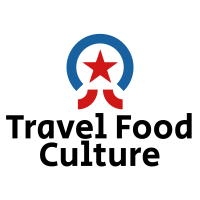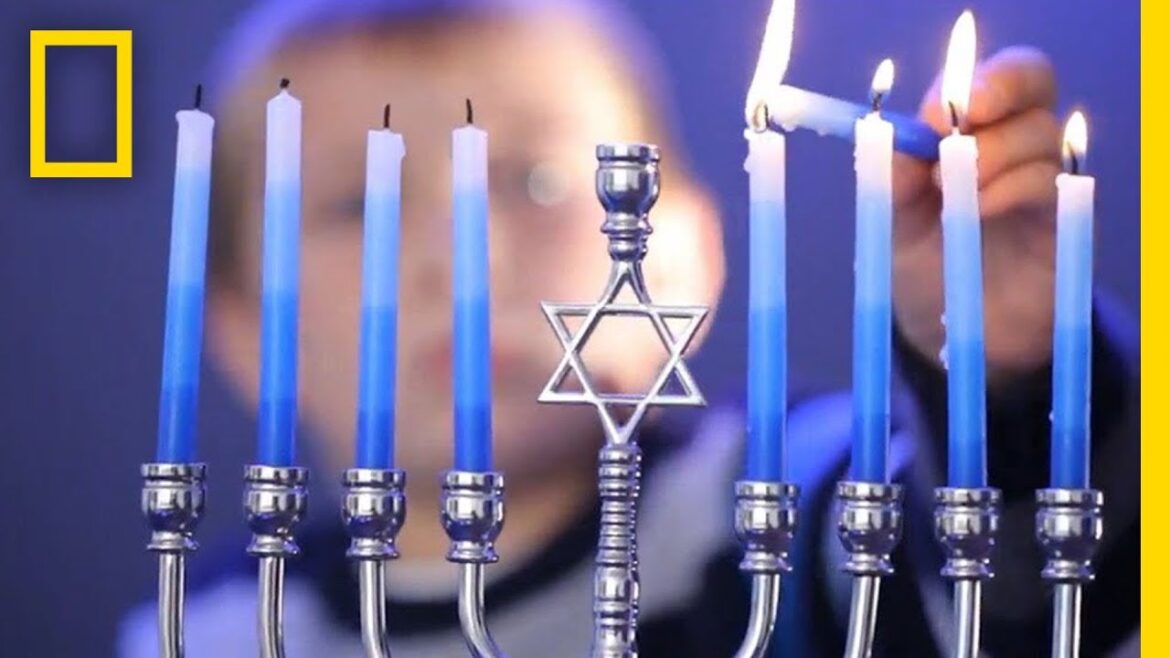Introduction
As winter descends and festive lights adorn homes worldwide, Jewish communities across the globe come together to celebrate Hanukkah, a festival steeped in history, tradition, and the spirit of resilience. While the holiday originated in ancient Israel, its significance has transcended borders, leading to a rich tapestry of global Jewish winter traditions. In this comprehensive exploration, we embark on a journey to discover the diverse ways in which Hanukkah is celebrated abroad, delving into unique customs, culinary delights, and the universal theme of light that unites Jewish communities across continents.
Hanukkah: A Brief Overview
Hanukkah, also known as the Festival of Lights, commemorates the rededication of the Second Temple in Jerusalem during the second century BCE. The festival spans eight nights, with the lighting of the menorah—a nine-branched candelabrum—as its central ritual. Each night, an additional candle is lit, symbolizing the miracle of the oil that burned for eight days in the temple’s menorah despite only having enough oil for one day.
Global Jewish Diaspora: The Jewish diaspora, a result of historical events such as the Babylonian exile and the dispersion following the Roman destruction of the Second Temple, has led to a diverse and vibrant global Jewish community. As Jews settled in different regions, they brought their traditions with them, adapting and incorporating local customs into their celebration of Hanukkah. This has given rise to a fascinating array of cultural expressions that reflect the resilience and adaptability of Jewish traditions in the face of changing landscapes.
Historical Roots: Hanukkah, rooted in a tumultuous chapter of Jewish history, unfolds as a testament to resilience and faith. The festival traces its origins to the second century BCE, a period marked by the Maccabean Revolt against the oppressive Seleucid Empire. At the heart of the celebration is the rededication of the Second Temple in Jerusalem, a symbolic victory for the Jewish people who sought to preserve their religious and cultural identity.
The Miracle of the Oil: Central to the Hanukkah narrative is the miraculous event of the oil. As the Maccabees reclaimed the desecrated temple, they found only a small cruse of oil, enough for one day of light in the sacred menorah. Miraculously, the oil burned for eight days—a divine manifestation that resonates through the ages. This miracle not only symbolizes divine intervention but also underscores the enduring nature of Jewish faith and the indomitable spirit to overcome adversity.
The Menorah – A Symbol of Light and Unity: At the heart of Hanukkah celebrations is the menorah, a distinctive nine-branched candelabrum. Eight of its branches represent the eight nights of the festival, while the ninth, often elevated or central, is the shamash (servant) candle, used to kindle the others. Each night, a new candle is lit, gradually illuminating the darkness. The menorah becomes a powerful symbol, not only of the miracle in the temple but also of hope, unity, and the triumph of light over darkness.
Rituals and Traditions: Hanukkah rituals are steeped in tradition, with families coming together to celebrate the festival’s eight nights. The lighting of the menorah is a daily ritual, accompanied by recitations of blessings that echo through generations. Families often gather around the glowing menorah, recounting the story of Hanukkah, singing songs, and exchanging gifts. The spinning of the dreidel, a four-sided top with Hebrew letters, adds an element of joy and chance to the festivities.
Culinary Delights: Culinary traditions during Hanukkah are infused with symbolism, often centered around the use of oil to commemorate the miracle. Latkes, crisp potato pancakes fried to golden perfection, and sufganiyot, jelly-filled doughnuts, become culinary staples during the festival. These delicious treats not only pay homage to the miracle of the oil but also provide a sensory link to the historical and cultural significance of Hanukkah.
Educational Significance: Beyond the rituals and festivities, Hanukkah serves as an educational beacon, illuminating the importance of religious freedom, cultural identity, and the preservation of traditions. Families and communities take this opportunity to impart the historical significance of Hanukkah to younger generations, ensuring that the flame of understanding, much like the menorah, is passed down from one generation to the next.
Modern Interpretations: As Jewish communities have dispersed across the globe, the celebration of Hanukkah has taken on diverse expressions while retaining its core themes. The festival has become a bridge between the ancient and the contemporary, uniting communities through shared rituals, symbolic acts of light, and a collective remembrance of historical struggles and triumphs.
Hanukkah, with its historical roots and symbolic richness, is more than a festival—it is a luminous tapestry woven from the threads of faith, resilience, and the enduring commitment to preserving Jewish identity. As the menorah’s glow pierces the winter darkness, it symbolizes not only the miraculous events of ancient times but also the timeless message that, in the face of adversity, the light of hope and faith can endure, inspiring generations to come.
Hannukkah Celebrations across the Globe
Hanukkah in the United States – In the United States, Hanukkah is celebrated with a blend of traditional rituals and unique American influences. Jewish communities gather for festive dinners featuring latkes (potato pancakes) and sufganiyot (jelly-filled doughnuts), popularized as a nod to the holiday’s association with fried foods. Public menorah lightings in prominent locations, such as Times Square, have become iconic symbols of Hanukkah in America, fostering a sense of unity and visibility for the Jewish community.
Hanukkah in Europe – In Europe, where Jewish communities have a long and storied history, Hanukkah is celebrated with a deep sense of cultural continuity. In countries like Germany and the United Kingdom, public menorah lightings, communal celebrations, and cultural events bring Jews and non-Jews together to honor the Festival of Lights. The fusion of Jewish traditions with European customs creates a unique atmosphere, blending the ancient with the contemporary.
Hanukkah in Latin America – In Latin America, Jewish communities infuse Hanukkah with a vibrant tapestry of colors and rhythms. Celebrations often feature traditional music and dance, adding a Latin flair to the festivities. In countries like Argentina and Mexico, where Jewish communities have flourished, Hanukkah becomes a time of cultural exchange, fostering understanding and appreciation among diverse groups.
Hanukkah in Asia – Across Asia, Jewish communities celebrate Hanukkah in the midst of diverse cultural landscapes. In countries such as India and China, where Jewish communities have existed for centuries, the festival is marked by a fusion of Jewish customs with local traditions. From menorah lightings in ancient synagogues to communal gatherings, Hanukkah in Asia showcases the enduring nature of Jewish heritage in the region.
Hanukkah in Africa – In Africa, Jewish communities, whether long-established or recently emerged, celebrate Hanukkah with a rich blend of traditional customs and local influences. The diversity of the continent is reflected in the unique ways in which Hanukkah is observed, with communities in countries like South Africa and Ethiopia contributing to the global mosaic of Jewish winter traditions.
Global Unity Through Light – While the customs and cultural expressions of Hanukkah vary across continents, the universal theme of light remains a unifying element. The lighting of the menorah symbolizes hope, resilience, and the triumph of light over darkness. This shared symbolism fosters a sense of global unity among Jewish communities, reinforcing the idea that, regardless of geographical distances, the celebration of Hanukkah is a testament to the enduring strength and continuity of Jewish traditions.
Conclusion
As Hanukkah lights flicker in windows around the world, the global celebration of this ancient festival showcases the adaptability and resilience of Jewish traditions. From the bustling cities of North America to the historic landscapes of Europe, the vibrant cultures of Latin America, the diverse regions of Asia, and the rich tapestry of Africa, Hanukkah abroad is a testament to the enduring spirit of a people bound together by tradition, heritage, and the shared celebration of light during the winter season. Through the exploration of global Jewish winter traditions, we find that Hanukkah is not just a festival—it is a living testament to the vibrant and diverse tapestry of Jewish life across the continents.


